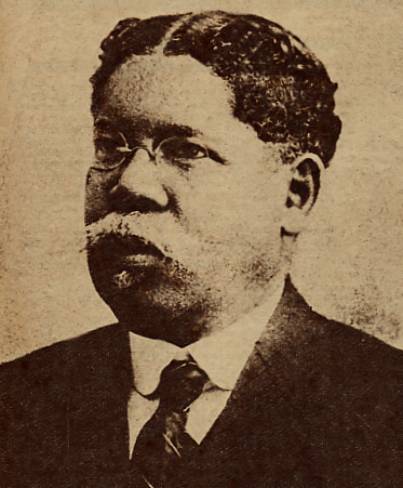3.4.6 The journalistic career, linked to politics, of Juan Gualberto Gómez (1854 – 1933)

Juan Gualberto Gómez transcended his time as one of the first black men to defend his race through high culture. This goal and his desire for independence would constitute two constants in his journalistic and literary work.
Born to slave parents, the social recognition that his performance as a conspirator and writer during the colonial era would bring him, and the fact that he held prominent public positions in the Republic, as a member of the Constituent Assembly and later as a representative in the Chamber and Senator, from which he would always assume a position of defense of national sovereignty, is unusual.
His career as a journalist began in Paris—a city he had settled in 1869 to learn the carpentry trade and where he completed his preparatory studies in engineering, but was unable to complete these studies due to financial difficulties—with his contributions to the Revue et Gazette des Théâtres and his work as a correspondent for newspapers in Brussels and Geneva.
His articles revolved around French politics; however, the expansion of his cultural network in that country allowed him to more accurately assess Cuban issues and become a supporter of independence.
After a brief stay in Mexico, he returned to Cuba following the Pact of Zanjón and formed a close friendship with José Martí, whom he would support in the conspiratorial activities prior to the Little War, both of whom would later be deported for this reason.
Juan Gualberto finally arrived in Madrid, where he resumed his journalistic work in “El progreso” with a series of articles, later published in an independent volume under the title “La pregunta de Cuba en 1884” (The Question of Cuba in 1884), in which he analyzed the situation on the island and its historical background, the interplay of political parties, and ended up opting for autonomy, based on broad reforms and in the face of the lack of motivation he perceived regarding a new feat.
Already in Cuba, in 1890 he published a famous article in the newspaper “La Fraternidad” entitled “Why We Are Separatists.” This article was considered from a legal perspective, as it theoretically defended the idea that Cuba should separate from the Spanish metropolis without resorting to revolutionary violence. He was nevertheless imprisoned but released after appealing to the Spanish Supreme Court, a precedent that would be put to good use in the development of the independence campaign prior to 1895.
His journalistic writings were direct in their political sense, endowed with a clear and grammatically correct style, and during the Republic they would once again adopt a combative tone when confronting Gerardo Machado’s dictatorship. Upon his death, he left unpublished works, similar to the essay “Men of My Race” and the novel “The King of the Carolinas.”








